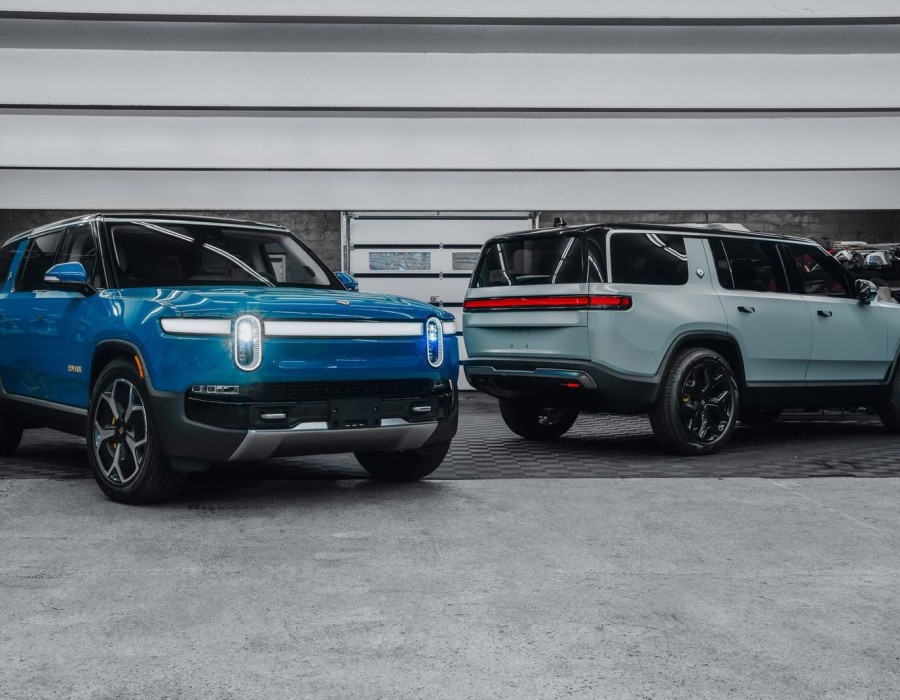Window tinting has become a popular choice for homeowners and vehicle owners alike, offering a range of benefits from enhanced privacy to improved energy efficiency. As window tinting technology advances, more options are available, each catering to different needs and preferences. In this comprehensive guide, we’ll explore everything you need to know about window tinting, including its advantages, the different types available, and emerging trends in the industry.
What is Window Tinting?
Window tinting involves applying a thin, colored film to the surface of windows. This film is typically made of polyester, and it comes in various shades and colors. The primary purpose of window tinting is to reduce the amount of visible light that passes through the glass, but it also provides other benefits such as UV protection and increased privacy.
Benefits of Window Tinting
Enhanced Privacy and Security
One of the most immediate benefits of window tinting is increased privacy. Tinted windows make it harder for people to see inside, which is particularly valuable for homes and vehicles parked in public spaces. This added layer of privacy can deter potential burglars and help safeguard your belongings.
Improved Energy Efficiency
Window tinting can significantly improve a building’s energy efficiency. By reducing the amount of heat that enters through windows, tinted films help maintain a more consistent indoor temperature. This can lead to lower energy bills as air conditioning systems work less to cool the interior. In fact, some studies suggest that window tinting can reduce cooling costs by up to 30%.
UV Protection
Window tinting films are designed to block a significant percentage of harmful ultraviolet (UV) rays from the sun. UV rays can cause skin damage and contribute to the fading of furniture and interiors. By blocking up to 99% of UV radiation, window tinting helps protect your skin and extends the lifespan of your home’s furnishings.
Glare Reduction
Driving with the sun glaring through your windows can be not only uncomfortable but also dangerous. Window tinting helps reduce glare, making it easier to see and navigate, especially during bright, sunny days. This can enhance driving safety and provide a more comfortable driving experience.
Types of Window Tinting Films
Dyed Window Tint
Dyed window tinting is one of the most common types. It involves adding a layer of dye between the adhesive and the protective layers of the film. This type of tinting offers a deep, dark look and can help with glare reduction and privacy. However, it does not provide as much heat rejection as other types.
Metalized Window Tint
Metalized tinting films contain small metallic particles that reflect light and heat away from the window. This type of film is more effective at reducing heat and glare compared to dyed films. It also adds an extra layer of strength to the glass, which can enhance its shatter resistance.
Ceramic Window Tint
Ceramic window tinting is the most advanced type of film available. It uses nano-ceramic particles to block heat and UV rays without affecting visibility. Ceramic tints are highly effective at maintaining a clear view while providing superior heat rejection and UV protection. They are also durable and resistant to fading.
Hybrid Window Tint
Hybrid window tints combine elements of dyed and metalized films to offer a balance of benefits. These films provide good heat and glare reduction while maintaining a more natural look compared to purely metalized films. They are a versatile option for those looking to enjoy the advantages of both types.
Trends in Window Tinting
Customization Options
With advancements in technology, window tinting films are now available in a wide range of colors and finishes. From reflective to frosted options, customization has become a popular trend, allowing individuals to personalize their tinting to suit their style and needs.
Eco-Friendly Films
As environmental concerns grow, many window tinting manufacturers are focusing on eco-friendly products. These films are designed to be more sustainable, using materials that are less harmful to the environment and providing better energy efficiency.
Smart Tinting Technology
Emerging smart tinting technologies allow users to adjust the tint level of their windows electronically. This technology offers flexibility and convenience, enabling users to change the tint according to their needs or preferences at the touch of a button.
Conclusion
Window tinting is more than just a stylish upgrade; it offers a range of practical benefits that can enhance comfort, safety, and energy efficiency. From increased privacy and UV protection to improved energy savings and reduced glare, the advantages are clear. With a variety of tinting options available, including dyed, metalized, ceramic, and hybrid films, there is a solution to meet every need. As technology continues to advance, trends such as customization, eco-friendly films, and smart tinting are setting new standards in the industry. Whether for your home or vehicle, window tinting is an investment that combines functionality with aesthetic appeal. Visit the official website of pristinedetailmn.com





Comments